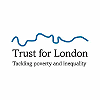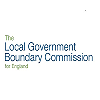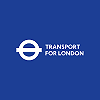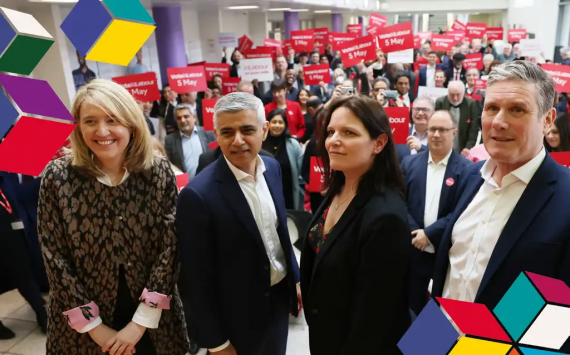
On May 5, voters across the UK will head to the polls to decide who will run their local authority.
One of London’s most closely watched contests will be in Barnet, which is currently run by the Tories but which Labour has high hopes of claiming control of for the first time.
Key Issues
Barnet has emerged as Labour’s top target in the upcoming local elections, ahead of other Tory strongholds such as Westminster and Wandsworth.
On April 8, Labour leader Keir Starmer was joined by Mayor of London Sadiq Khan and local councillors and candidates for the party’s official campaign launch in Barnet.
Mr Starmer took aim at the Government’s handling of the cost of living crisis in the hopes that voter unease will allow his party to capitalise on the gains it made in 2018.
But much of the campaign launch was also focused on Labour’s handling of the antisemitism crisis within the party which dogged the 2018 campaign. The issue was cited as one of the reasons that Labour councillor Jessica Brayne defected to the Lib Dems in 2019. Around 15 per cent of Barnet’s population is estimated to be Jewish.
While Labour is hoping to capitalise on national issues to make headway in Barnet in May, the Conservatives are hoping that local issues such as council tax, rubbish collection and development of greenbelt land will be enough to see of Labour’s challenge.
An issue which the Conservatives will aim to capitalise on is TfL’s plan to build homes on Tube station car parks. One such development, on Cockfosters station car park, has drawn the ire of locals and last month saw an intervention from Transport Secretary Grant Shapps, who blocked the plans.
Conservative Chipping Barnet MP Theresa Villiers has also been vocal in her opposition to the scheme.
Details
Barnet London Borough Council was established in 1963, replacing the five local authorities that had been responsible for the area previously.
At the council’s first election in 1964, the Conservatives gained control by winning 37 seats to Labour’s 13 and the Liberal Democrats’ six. The Tories would retain control of the council until 1994, when no party had a majority big enough to gain overall control.
The following election in 1998 again saw no party gain overall control, but the Tories retook the council in 2002 and have remained in control ever since.
Following last year’s Local Government Boundary Commission review, the number of wards in Barnet will increase from 21 to 24, though the borough will still be represented by 63 councillors. Fifteen wards will have three councillors each and the remaining nine wards will be represented by two councillors each.
At the last election in 2018, the Conservatives won 38 seats with 44.5 per cent of the overall share of the votes, while Labour won 25 seats with 39 per cent of the vote share.
Despite increasing their overall share of the vote by three per cent compared to the 2014 election, Labour lost five seats in 2018 while the Liberal Democrats lost their only seat, with all six seats being won by the Conservatives.
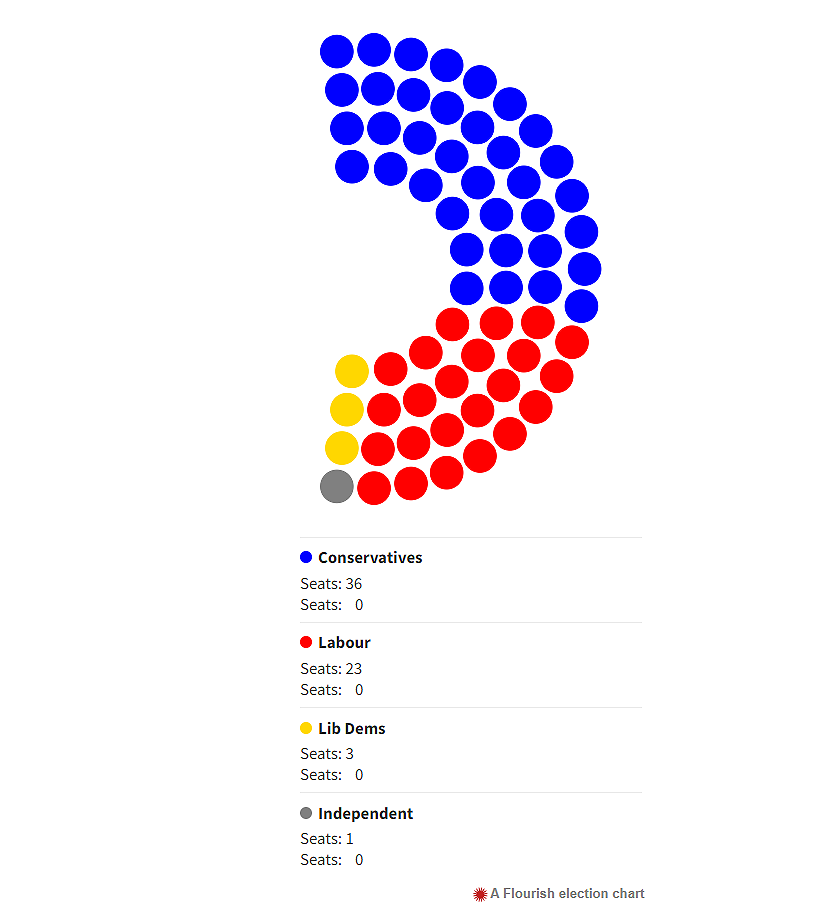
However, in the years following the last election, a series of defections and a resignation shifted the political makeup of Barnet council.
In 2019, Labour councillor Jessia Brayne left the party before eventually defecting to the Lib Dems, while Conservative councillor Gabriel Rozenberg also defected to the Lib Dems. Labour’s Jo Cooper resigned as a councillor in April 2021 to focus on her work for the NHS, with the Conservatives picking up the seat in the subsequent by-election. In May 2021, Conservative councillor Shimon Ryde stepped down from the Conservatives to become an independent.
Just this month (April), Conservative councillor Helene Richman defected to the Lib Dems citing the Conservatives record on living standards and inequality. Councillor Richman will defend her seat at the upcoming election for the Lib Dems.
Demographics
Barnet is London’s most populous borough with an estimated population of 402,700 as of June 2021, which represents a 12 per cent increase since 2011.
Compared to London as a whole, Barnet has an older population with a greater share of people aged 60 or above. Around 23.6 per cent of Barnet’s population is under the age of 17, while 61.9 per cent are of working age (between 18 and 64) and 14.5 per cent are aged 65 or above.
According to data from the 2011 Census, 64.13 per cent of Barnet’s population is White, while 18.5 per cent are Asian or British Asian, 7.7 per cent are Black or Black British and 4.82 per cent of people are of mixed heritage.
The poverty rate in Barnet is 28 per cent while child poverty is at 31 per cent, according to analysis from Trust for London, while unemployment is at 5.4 per cent.
The average life expectancy in Barnet is 82.9 years for men and 86 years for women.
While council tax rose in neighbouring boroughs, Barnet council voted to freeze council tax at a meeting in March this year.









